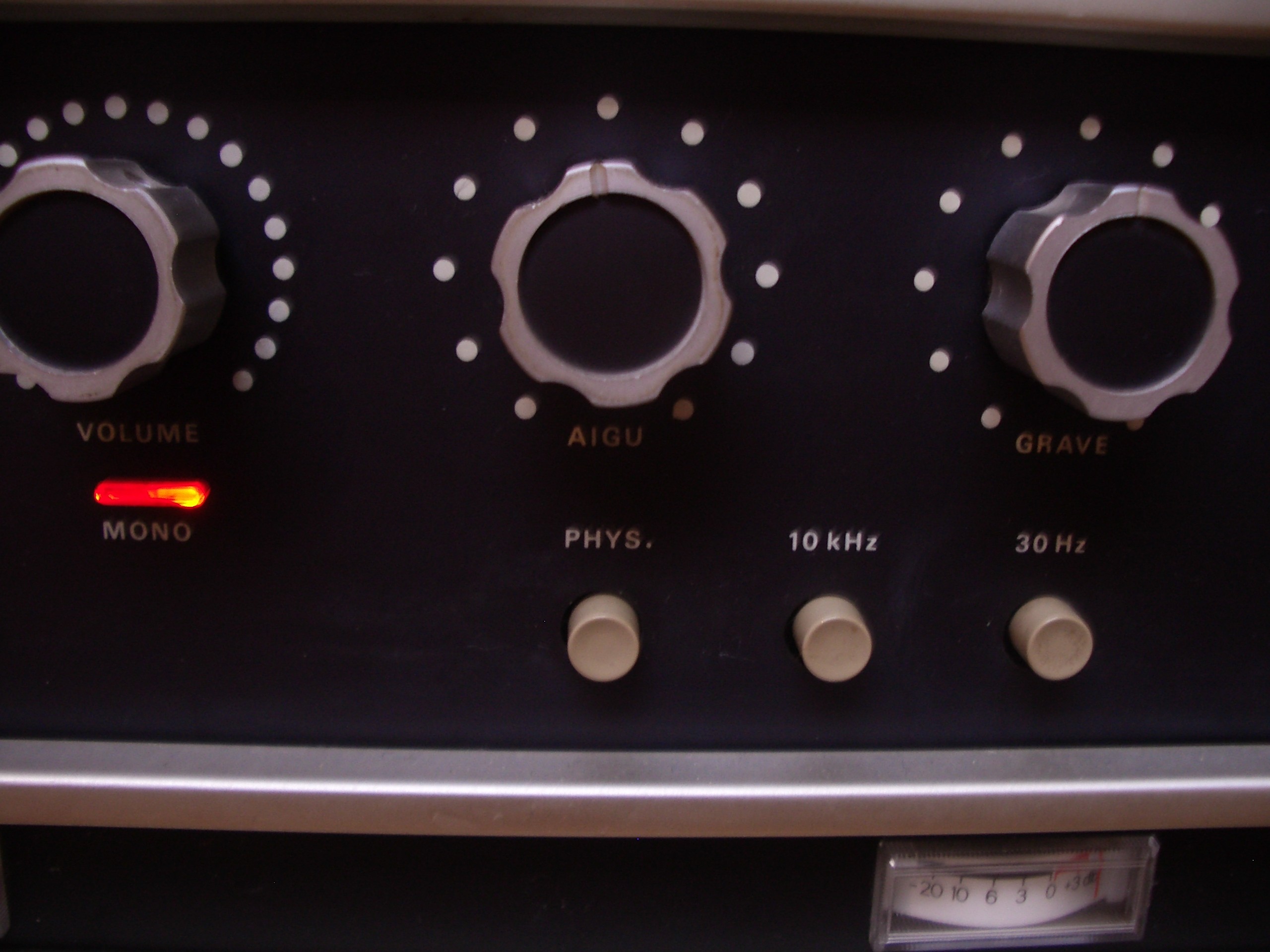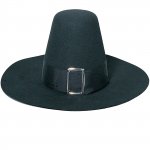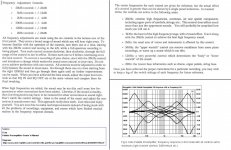Isn't it so tempting to 'cheat' in DIY projects and obtain the tone shaping we personally know we enjoy, rather than be purist about it ? Little things like erring on the side of generosity for RIAA compensation, making the odd roll-off mistake here and there.........But I couldn't send something out with the level of non-defeatable tone shaping that has. But there are worse offenders for more money!
Depends who you ask. Purists deny any value or even truth to the Fletcher-Munson curves, on their planet everybody has a totally linear hearing which does not change with level.
Perosnally, I don't really need tone controls, but I would like a reasonable implementation of several modes of loudness to be selectable, as per level decrease compensation, and I insist on a decent subsonic filter, I do have a need for it, because FM stations sometimes broadcast from below 10 Hz and I have experienced trouble with powerful subsonics.
Perosnally, I don't really need tone controls, but I would like a reasonable implementation of several modes of loudness to be selectable, as per level decrease compensation, and I insist on a decent subsonic filter, I do have a need for it, because FM stations sometimes broadcast from below 10 Hz and I have experienced trouble with powerful subsonics.
Isn't it so tempting to 'cheat' in DIY projects and obtain the tone shaping we personally know we enjoy, rather than be purist about it ? Little things like erring on the side of generosity for RIAA compensation, making the odd roll-off mistake here and there.........
It's tempting to add in the tone controls I want, withe the ability to bypass to flat. But I don't yet know what I want. I keep coming back to the sort of adjustments that the Cello Pallette had, but that's expensive to do in analog and not yet worked out if the miniDSP can do that real time.
So for now I am in the 'ignorance is bliss' camp.
I think our relationship with volumes and ear response curves changes is a little more complicated than what said Fletcher & Munson.Depends who you ask. Purists deny any value or even truth to the Fletcher-Munson curves, on their planet everybody has a totally linear hearing which does not change with level.
In the 70th, we designed an amp (The Scientelec Mach 50s) witch had a 24 step volume control with constant impedance, and a "Physiologic" button, applying a progressive correction witch followed close enough the Fletcher & Munson curve:

First, it was lacking of an added control for sensitivity (the ref level need to be adjusted in function of the source's levels and efficiency of the speakers) and second, well, despite was says Mr Fletcher and Munson, it is not so natural than this. I had one of the protos during decades as my prefered amp, but I was not using this feature so often, prefering my amp flat.
Last edited:
Purists deny any value or even truth to the Fletcher-Munson curves, on their planet everybody has a totally linear hearing which does not change with level.
Cite needed.
We all know, by example, than our ears modify the source's response curve in function of its angle with our head. It is this way our brain is able to figure out a more or less precise vertical and front/back localisation.
Too, the response curve change with the distance, and, with a 'cultural' knowledge of the sound we listen-to, it is one of the ways our brain evaluate the distances.
Last, I believe that the test done by those well known scientists were done with pure sinusoidal signals. And I'm sure our earing system don't react the same way with those not natural sounds than with more complex dynamic signals with transients and harmonics, constantly changing their volumes with time. And the Fletcher and Munson curves are trying to figure out "equal-loudness" curves at various levels. Well, it seems very difficult for me to say a 10K signal have the "same volume " than a 100Hz, can-you do it ? So what to believe ?
Too, the response curve change with the distance, and, with a 'cultural' knowledge of the sound we listen-to, it is one of the ways our brain evaluate the distances.
Last, I believe that the test done by those well known scientists were done with pure sinusoidal signals. And I'm sure our earing system don't react the same way with those not natural sounds than with more complex dynamic signals with transients and harmonics, constantly changing their volumes with time. And the Fletcher and Munson curves are trying to figure out "equal-loudness" curves at various levels. Well, it seems very difficult for me to say a 10K signal have the "same volume " than a 100Hz, can-you do it ? So what to believe ?
I don't know who are those purists you refer-to. I know only two kind of people: the ones with a extended knowledge , who usually think they know very little, and the ones who know very little and think they know everything.You can tell the purists
It is, usually, in this second category we find those who are hunting witches.
I don't know who are those purists you refer-to. I know only two kind of people: the ones with a extended knowledge , who usually think they know very little, and the ones who know very little and think they know everything.
It is, usually, in this second category we find those who are hunting witches.

I used the standard Baxandall on 2 preamps I built in the late '70's (when I was a young man). Those had close to +- 20 dB cut and boost. My young ears always demanded I crank the bass and treble up for some reason.
More recently, my latest preamp uses a standard Baxandall configuration using opamps with hefty class A buffers both feeding the tone control and in the actual tone control stage itself. I've used 5k pots for the control elements, and provide a more sensible +- 9 dB cut and boost for both treble and bass - altogether more sensible.
I have fairly decent eskers now (B&W 703) and find that only occasionally do I need to apply a bit of boost or cut - typically the control pots are used between about the 10 and 2 o'clock positions. And of course, for most listening, the tone control is bypassed - the recordings, the speakers and my room acoustics are a good match for each other.
The point of all this is that tone controls (good ones like the Baxandall or Self's split variants) are good things. It's a nonsense to claim that they alter the sound for the worse. The important thing is they make the listening experience more pleasant.
If you want analog tone controls, use the Baxandall design and keep the max cut and boost to something less that +-10 dB.
More recently, my latest preamp uses a standard Baxandall configuration using opamps with hefty class A buffers both feeding the tone control and in the actual tone control stage itself. I've used 5k pots for the control elements, and provide a more sensible +- 9 dB cut and boost for both treble and bass - altogether more sensible.
I have fairly decent eskers now (B&W 703) and find that only occasionally do I need to apply a bit of boost or cut - typically the control pots are used between about the 10 and 2 o'clock positions. And of course, for most listening, the tone control is bypassed - the recordings, the speakers and my room acoustics are a good match for each other.
The point of all this is that tone controls (good ones like the Baxandall or Self's split variants) are good things. It's a nonsense to claim that they alter the sound for the worse. The important thing is they make the listening experience more pleasant.
If you want analog tone controls, use the Baxandall design and keep the max cut and boost to something less that +-10 dB.
Last edited:
and not yet worked out if the miniDSP can do that real time.
Bill
It is doable with MiniDSP
George
Attachments
Oh, Mrs Dolby and Thx are here ?Marketeers yes
Bill
It is doable with MiniDSP
George
Good to know. Must get that boxed up and installed in my system.
Oh, Mrs Dolby and Thx are here ?
They know who they are.
Not sure if its just a slow day or you have decided to pick on me? Either way I'm in it for the Craic at the moment so carry on.
I'm working on it
Mr Marsh, thought you might find this stimulating.
(disclaimer : anything you can do, I can do better, I can do anything better than you. © Shotgun Annie. so don't raise your bar above reach)
And now, back to our regular programming.
Attachments
Last edited:
"It was a Joke." A blink of an eye of sympathy, instead.or you have decided to pick on me?
(Hoping that you share the high regard I have for these two benefactors of the hifi and science;-)
Well, Dolby's noise reduction was useful, at the time of magnetic tapes, but now !
Hi Bill,
The more effective the noise reduction is, the more critical the calibration is for the playback and record. Dolby SR and a Studer 820 has/had wider S/N than a CD does. Pretty amazing, isn't it?
I think dBx is more effective than say, Dolby C is (consumer format). I'm not sure about the Dolby SR. Way back, I think the SR cards were about $2K a copy to slide into the Studer machines. Some studios still used Dolby A in their machines while others didn't use any noise reduction.
-Chris
The more effective the noise reduction is, the more critical the calibration is for the playback and record. Dolby SR and a Studer 820 has/had wider S/N than a CD does. Pretty amazing, isn't it?
I think dBx is more effective than say, Dolby C is (consumer format). I'm not sure about the Dolby SR. Way back, I think the SR cards were about $2K a copy to slide into the Studer machines. Some studios still used Dolby A in their machines while others didn't use any noise reduction.
-Chris
My understanding is that Dolby SR just came out at the wrong time. I first read about it with the guitarist John Williams waxing lyrical about it. Must have been around 1988. I was still young, stupid and anti-CD, so being able to pick up a new analogue release on vinyl was jumped at.
Assumption is that Dolby made their money in cinema for this one rather than pure music.
Assumption is that Dolby made their money in cinema for this one rather than pure music.
- Status
- Not open for further replies.
- Home
- Member Areas
- The Lounge
- John Curl's Blowtorch preamplifier part II


